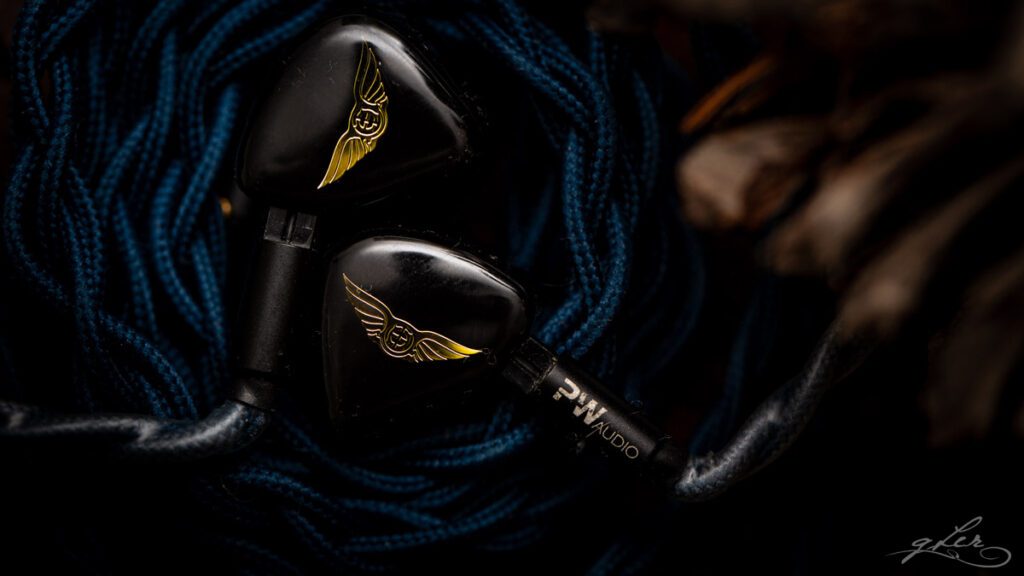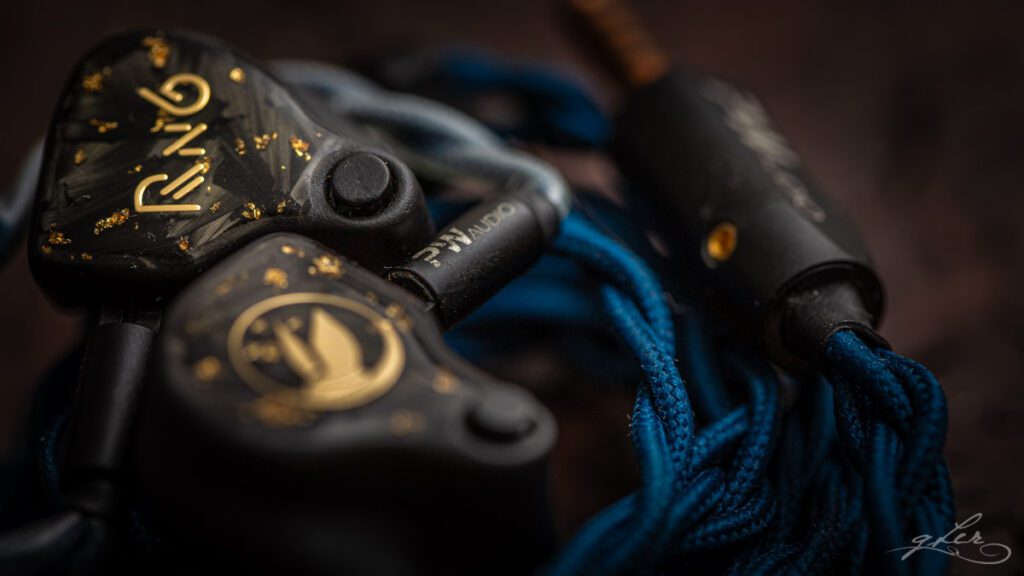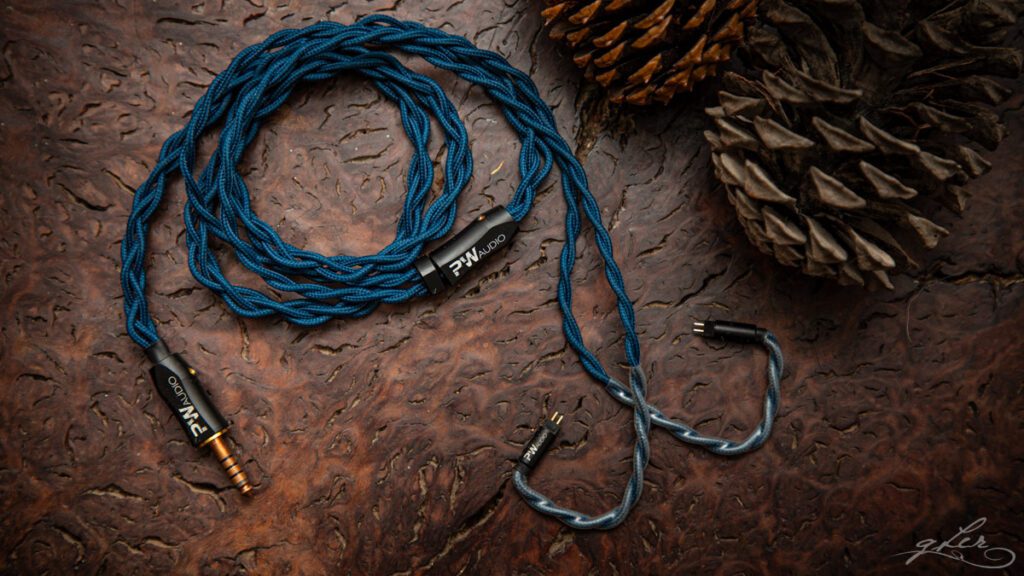Select pairings
Empire Ears Legend X ($2,299). Despite its reputation as a ‘monster bass’ IEM, Empire Ears’ Legend X is a surprisingly balanced, richly detailed, high-end IEM when paired with the right cable. Yes, it has big bass, bigger than most, but that bass can also come off as loose and bloomy if it’s not well controlled and properly managed.
I absolutely love the Legend paired with The 1950s, and while not quite as clean-cut and lively with The 1960s Mk II, it sounds smoother, wider, and less aggressive with the newer cable. Where The 1950s brings out every etch and fleck from the music while pushing details quite forward, The 1960s Mk II pulls everything back slightly, giving it a more polished, wider soundscape, with bass that maybe doesn’t hit quite as incisively, but feels like it has more weight.
Vocals, too, become buttery smooth, and the treble edge – which can be quite sharp with some tracks on The 1950s – is similarly polished off and made less aggressive, without losing any detail. Listening to the Legend with The 1960s Mk II makes me realise it’s probably not a cable for those that like their edginess and bite kept intact, but unlike some cables that create smoothness though veil or smearing or loss of detail, The 1960s Mk II gives you your finely strained porridge and let’s you eat it too.

FIR Audio Radon 6 ($3,299, reviewed here). Rn6 is my reference IEM in a collection of high-end bass-first IEMs. It’s not necessarily bass first (hence my calling it reference), presenting a balanced, fairly neutral, though still warm and full tonality, matched with top-tier technical ability when paired with the right cable and source.
The 1960s Mk II, as with Orpheus, makes for an astounding pairing. Radon can, on occasion, come across as a touch splashy, sometimes shouty, but almost never sedate in the presence area. If, like me, you prefer that region smooth an inoffensive, you’ll want a cable that turns your upper mids and lower treble into butter, and The 1960s Mk II is just that cable. Like Orpheus, it does its work without compromising the technical ability of the IEM itself, so all the detail that’s there will still be there, only now it’s presented more palatably.
With its excellent extension – treble included – you’re not getting a rolled-off sound at either end. On the contrary; Radon’s bass gets fuller, weightier, with more rumble, while treble gets an extra dash of air, helping widen an already wide stage even further, and adding much needed depth in the process. It also helps fill in the midrange with an extra dollop of cream, softening the edges of any lingering sibilants while keeping all the detail intact.
There’s another remarkable cable that has a similar effect, albeit more subtly, with Rn6, and that’s Eletech’s Sonnet of Adam, which I have permanently attached to FIR’s co-flagship. It might find itself doing double duty with The 1960s Mk II on this evidence.

Closing thoughts
Despite spending several weeks with The 1960s Mk II, I’m still discovering its effect on my various IEMs. While I loved the original 2-wire The 1960s (paired back in the day with 64 Audio’s Fourte), and spent some time with the 4-wire version that shipped as the stock cable for Oriolus’s Traillii, the 1960s Mk II represents a significant jump over both its predecessors.
Interestingly, the character of the new 4-wire cable is closer to that of the original 2-wire in that it smoothens and relaxes the overall presentation (whereas the original 4-wire version sped and sharpened the sound by comparison). But unlike the 2-wire original which also darkened the overall sound, The 1960s Mk II doesn’t do that at all. If anything, it brightens it up, although this is not a bright-sounding cable by any measure.
Rich, smooth, weighty and refined, yet still resolving, spacious, and utterly dynamic. I could just as well be describing the mighty Orpheus, but no, this is what Peter Wong has created with his next-generation Century Series cable. The 1960s Mk II has inherited technology from its senior sibling, as well as its fellow Centurion, The 1950s. The result is a cable with characteristics of both, but still very much its own personality.

I’ll be curious to see if The 1960s Mk II heralds a continuation of the series, and if we may even see a few more updated Century Series cables in the coming months and years. But even if this is the last of the Centurions, and with The 1950s still going strong, this very special cable takes pride of place in my collection as one of the best copper cables (a lot of) money can buy. Highly recommended.
You can purchase The 1960s Mk II direct from Praesto Hong Kong here.



